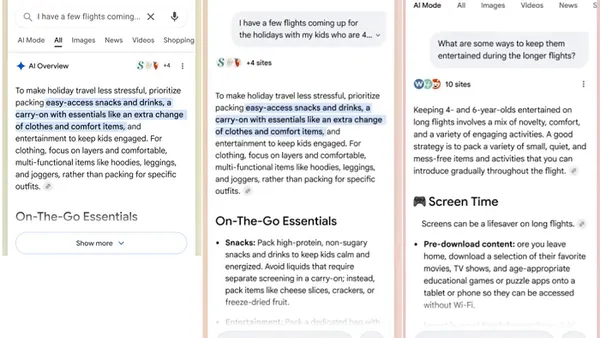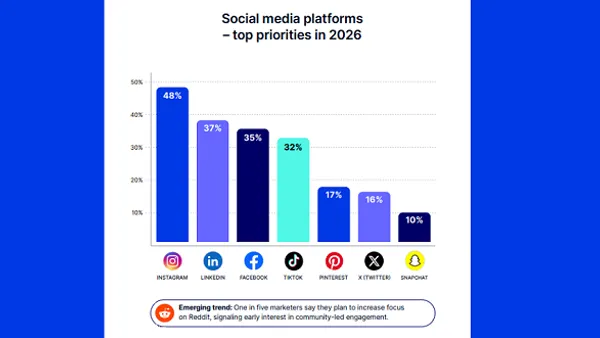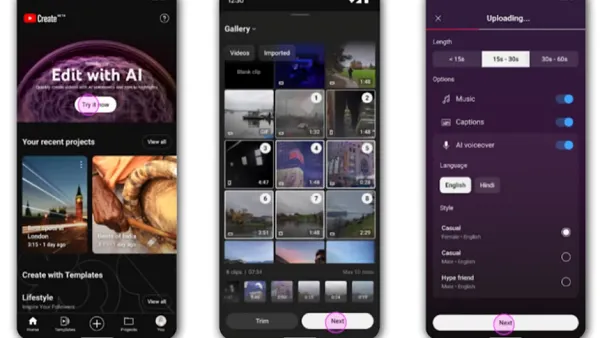by Josh Bernoff
Today we introduce a new feature - once a week, on Mondays, we'll share a data chart from Groundswell or from our research, and talk about its significance for social strategists..
Our interactive social profile tool is great if you want to profile your customers by country, age, and gender. But since we've collected our data globally using the same social technology questions, we can profile nearly any group of consumers, anywhere. (Here's a quick explanation of our social profile system and the groups that make it up.)
For our first data chart, we'll examine the Social Technographics Profile of small business owners. (This is from the case study for Constant Contact, from Groundswell Chapter 7.
If you're marketing to small business owners, what does this profile tell you?
The first thing to look at is the proportion of Spectators (people who consume some form of social content) and Inactives (those who do no social activities at all). With 53%, Spectators, and only 38% Inactives, small business owners are significantly more likely to participate in social applications than the average American consumer. This tells us it's worth putting social in your marketing budget for them.
Second, notice that Creators and Critics are well represented among this group. The Creators among them are blogging and uploading content like video - it would pay to keep an eye on them, using monitoring services like Motivequest. The high number of Critics tells you that business owners are relatively open to responding to blogs and participating in communities. In our book, we describe how Constant Contact's Maureen Royal took advantage of this in creating the company's ConnectUp! community.
While there are only 17% Collectors in this group, that's still way above average. This indicates that if you're marketing to this group, you could potentially get some of them to join and vote in an idea community, like the one Starbucks just set up.(Voting sites are one of the indicators for Collectors). Of course, that depends on if they're interested enough in your products, and you should remain aware the fact that you'll get a skewed subset of your customer base.
This analysis is typical of the first step in our POST method (P for people). Once you know your customers' profile, you can follow up with objectives, strategy, and technology.
Look for more data in this space every week. We're looking forward to your reaction.
Link to original post










